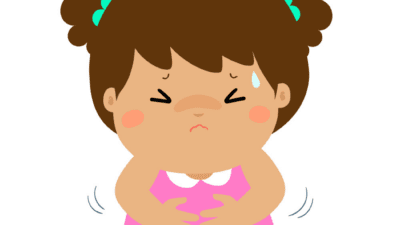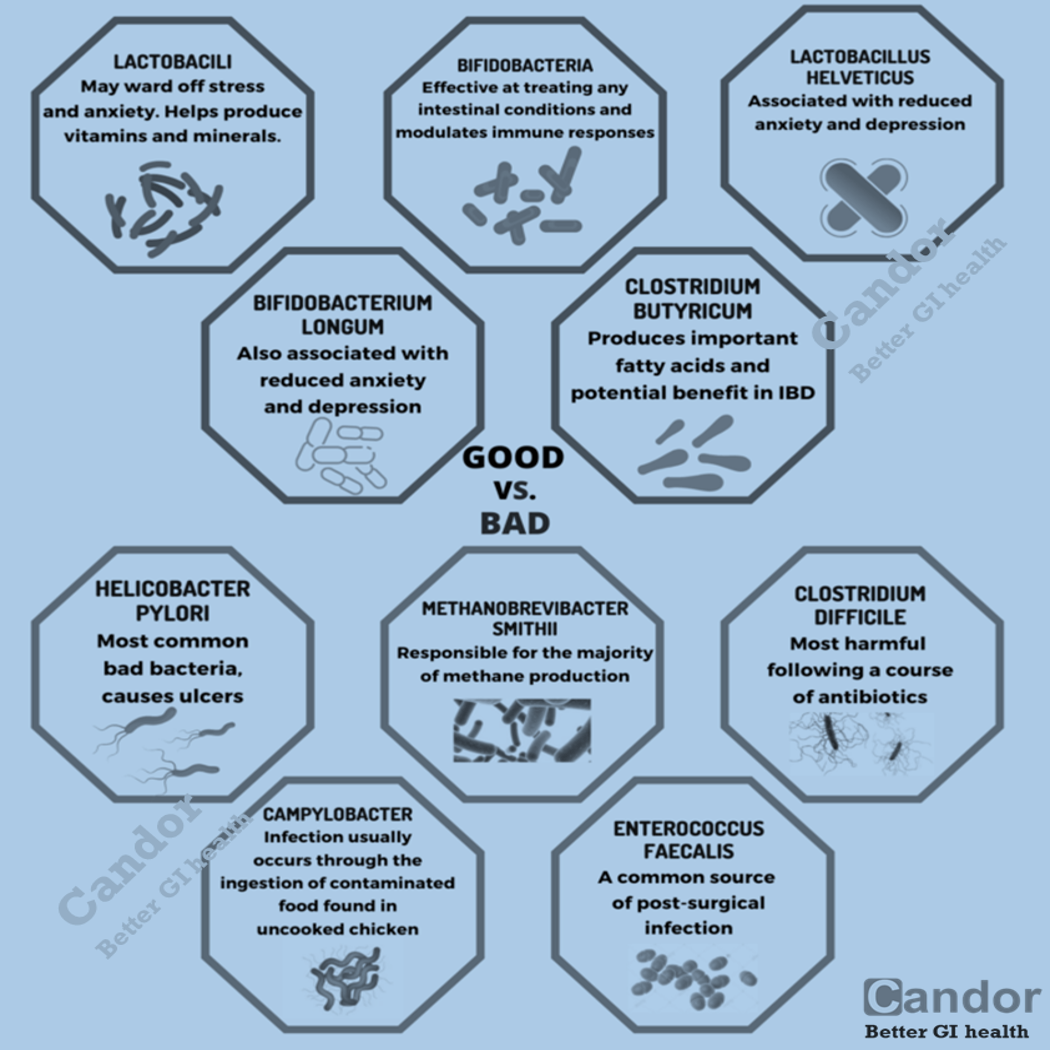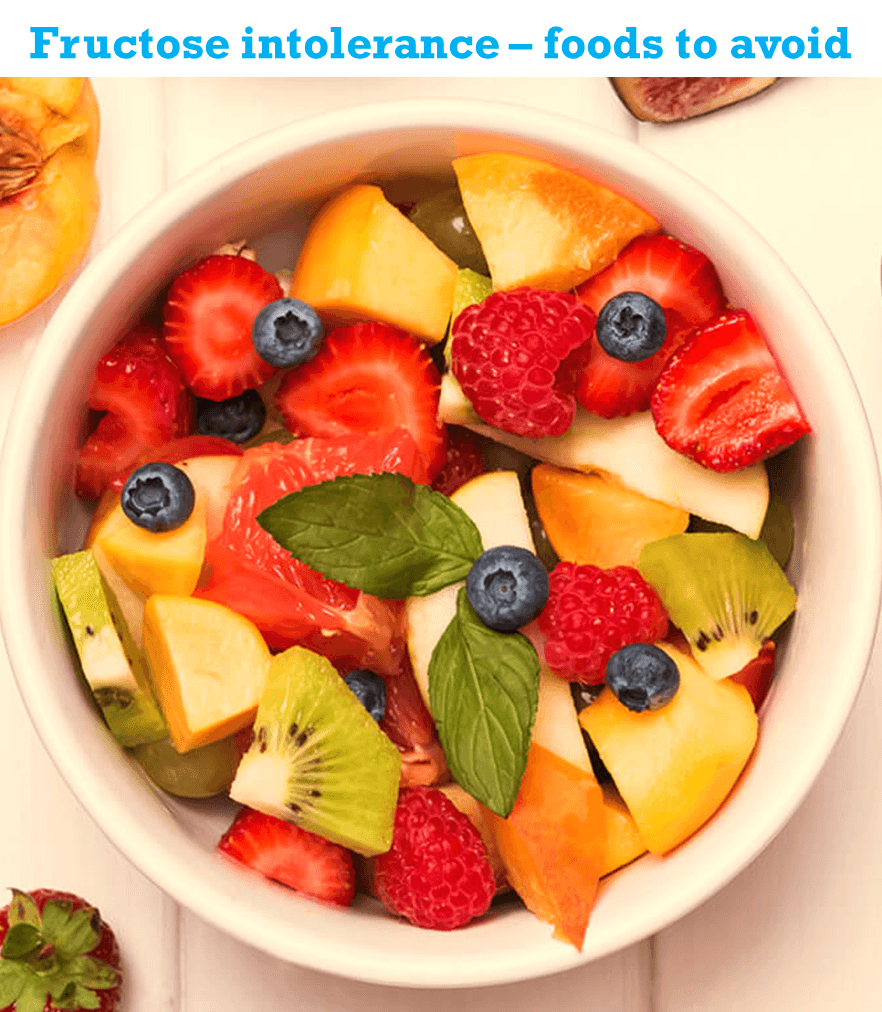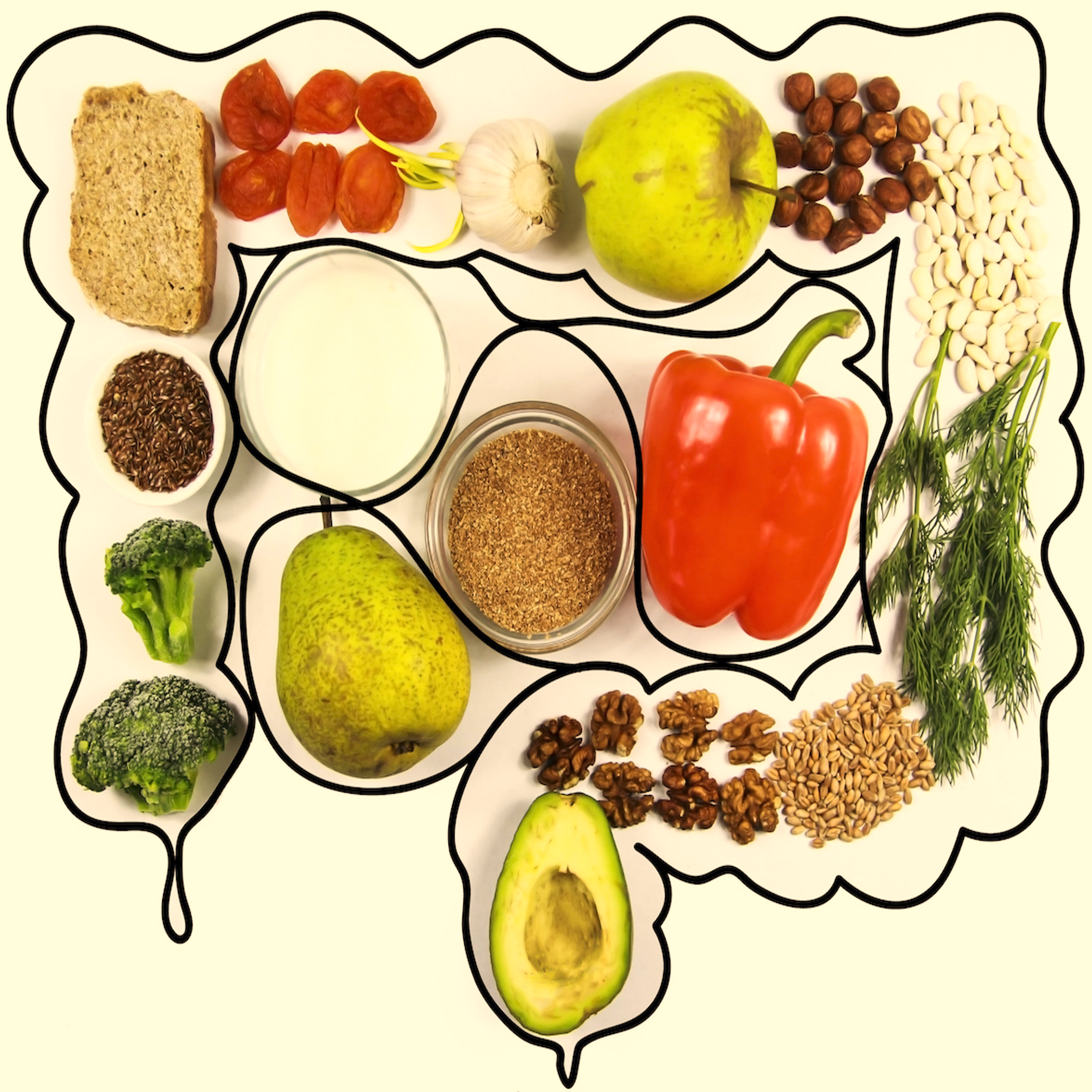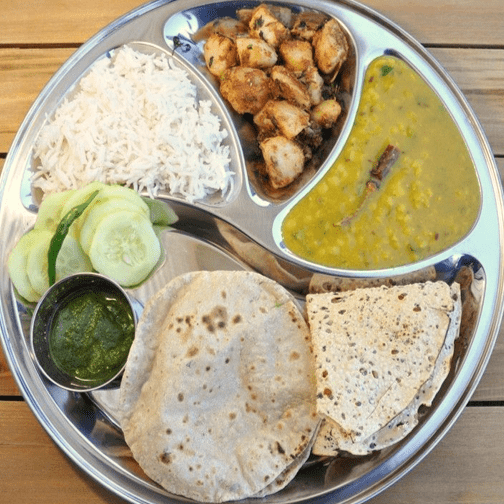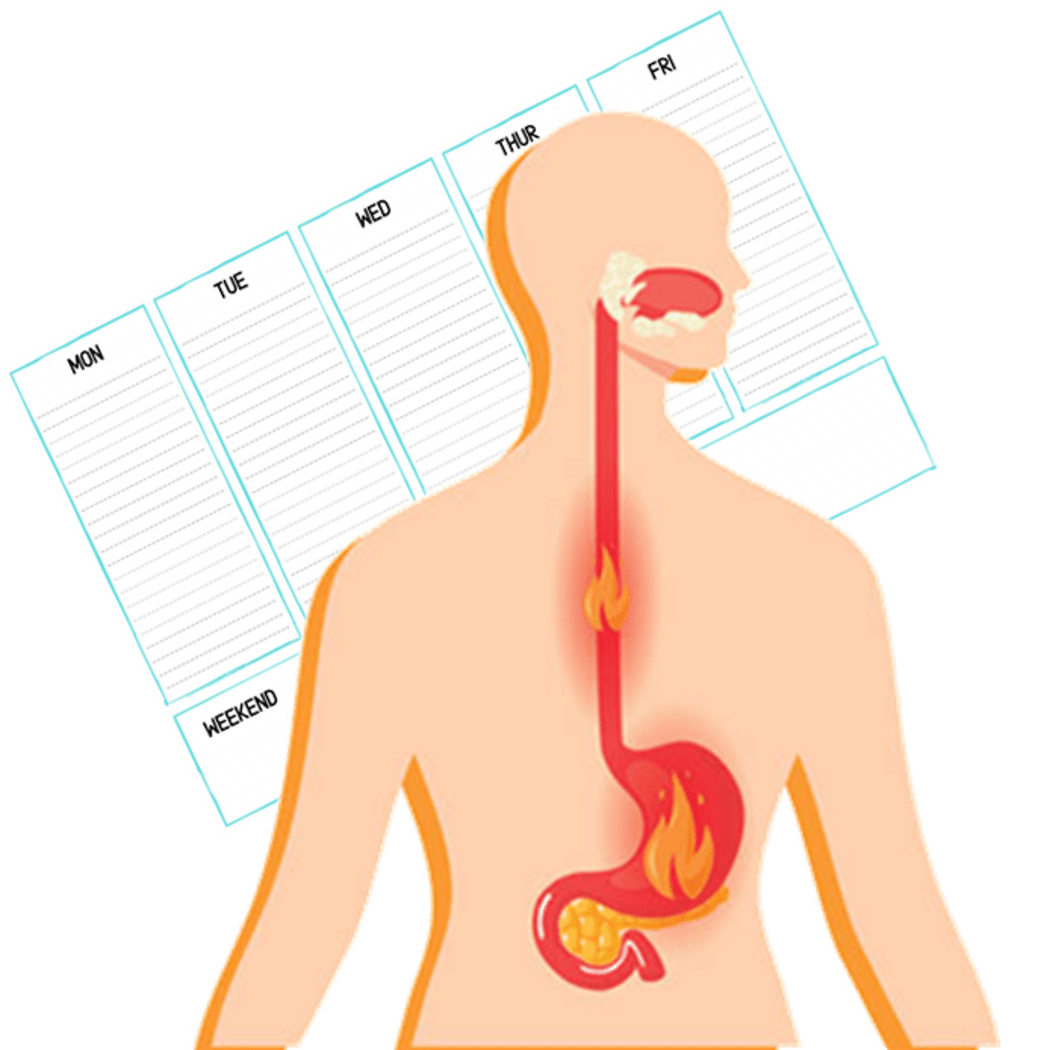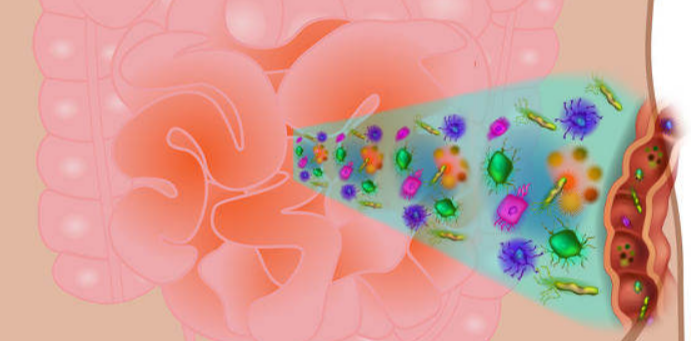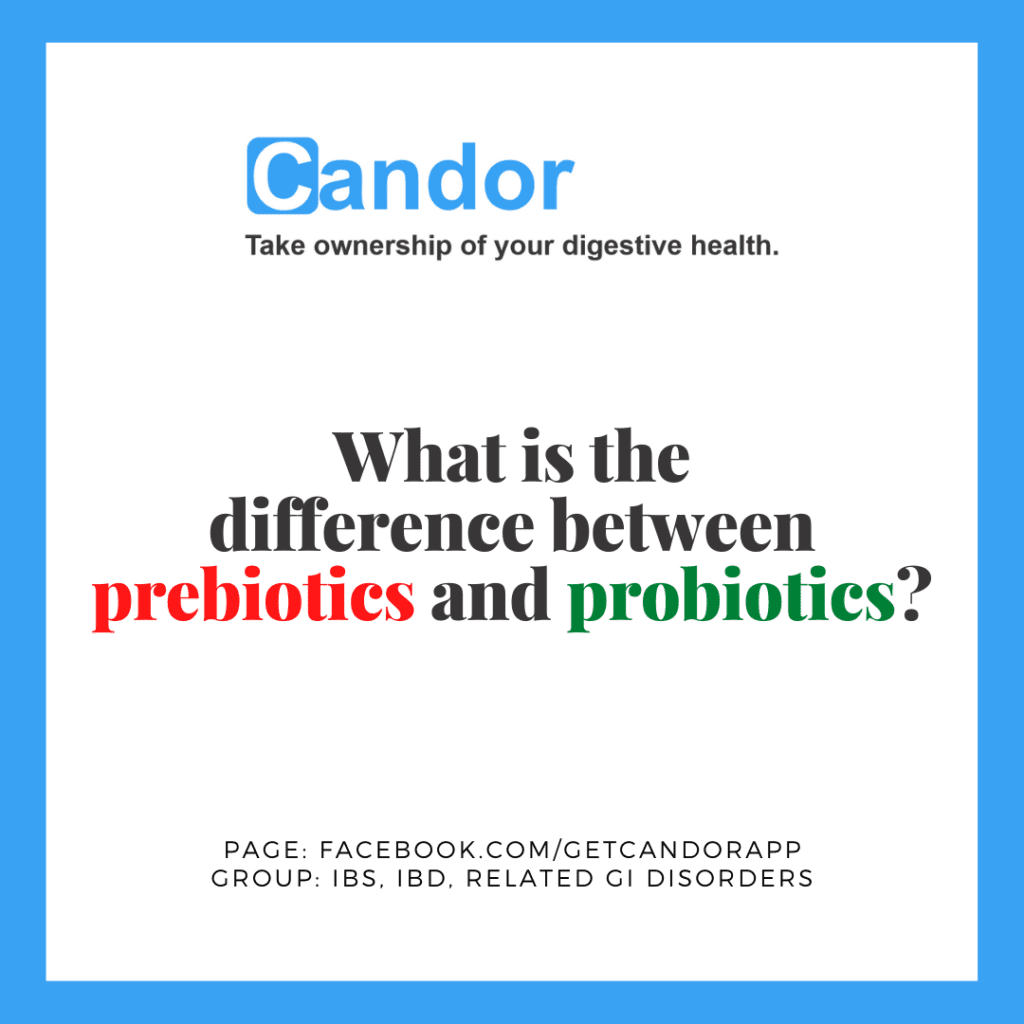
Ever heard the terms “prebiotics” and “probiotics” thrown around but weren’t quite sure what they meant? Both are essential for a healthy gut, but they work in very different ways. This post will delve into the key differences between prebiotics and probiotics, explaining what they are and how they contribute to a thriving gut microbiome.
Prebiotics
Prebiotics are made up of carbohydrates that the body can’t digest. They are plant fibers that stimulate the growth of healthy bacteria in the gut. They are found in many fruits and vegetables, especially those that contain complex carbohydrates, such as fiber and resistant starch. These are not digestible, so they pass through the digestive system to become food for the bacteria and other microbes. All prebiotics are a type of dietary fiber and can also be purchased as a commercial food additive or capsule supplement. They come in both liquid and powdered forms.
Probiotics
Probiotics are bacteria that exist in the human body naturally and help intestines break down food. Probiotic supplements that contain live strains of the same or very similar bacteria to the ones that your body makes can be ingested to supplement healthy digestion.
Probiotics contain live organisms, usually specific strains of bacteria that directly add to the population of healthy microbes in the gut. They generally refer to two families of bacteria – Lactobacillus and Bifidobacterium. Probiotics can be purchased in a powder or liquid form and usually need to be stored in the refrigerator to keep the bacteria contained in them alive and ready to reproduce.
In recent years, prebiotics have been advertised as a complementary course for a probiotic regimen. The use of prebiotics and probiotics together is called microbiome therapy. As always, when considering taking a supplement for prebiotics or probiotics, talk to your doctor first.

